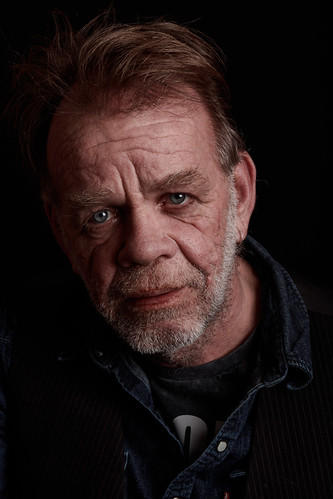Well, this complete twin head kit from Lencarta, complete with customer service and a good warranty, is £359
https://www.lencarta.com/all-produc...t-with-1-softbox-1-umbrella-300-300-kitsf4002
Whatever you choose to buy, also get a simple 5-in-1 reflector such as this one
https://www.lencarta.com/all-products/5-in-1-reflectors/life-of-photo-107cm-5-in-1-reflector because it will effectively add an extra light at minimal cost, and is very versatile.
Coming back to your original question, you didn't add any links but even if the very cheap fleabay ones really are flash, then they will be junk - avoid at all costs. The very cheap end are generally fluorescent lamps not flash but in either event they are designed to sell to the unwary, not to actually use.
Understood, but using something totally unsuitable as a learning tool is actually counterproductive because it's so difficult to either learn or to get decent results if the tools are junk - if you wanted to learn the skills of cabinet making, would you buy your woodworking tools in a pound shop?
An off-camera speedlight is a poor choice for any kind of primary use in the studio (although very useful as a tertiary tool) but even this would be better than fleabay junk.
Not the best make, but cheap enough and again something that you could start with.
Lighting isn't about producing enough light, it's about shaping and controlling the light to produce the effects you want. Bad tools don't allow that, and produce serious inconsistencies for which you're bound to blame yourself.


 Les-6860
Les-6860


